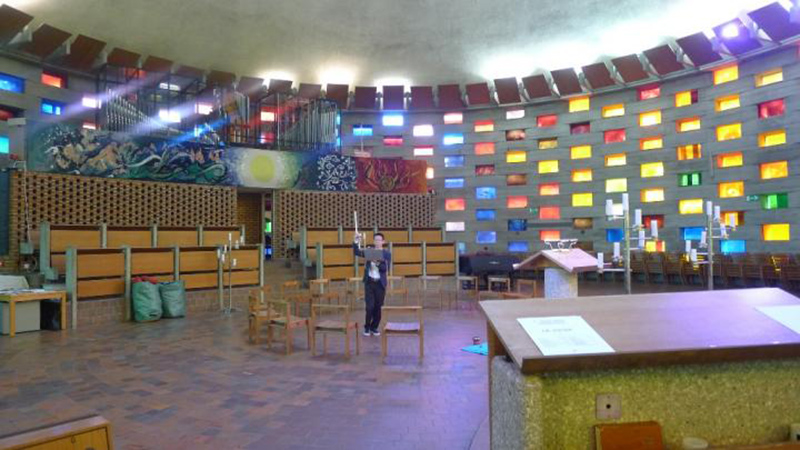
Initial testing on the next generation of mobile technology with the capability of delivering 100 times faster broadband has been successful, engineers at the University of Sussex and collaborators from telecom consultancy firm Plum have confirmed. Engineering experts are pleased with the successful completion of measurements of the indoor coverage of 5G signals in some of the first tests of its kind carried out in the country at the University of Sussex earlier this summer.
The University of Sussex is a public research university in Falmer, Sussex, England. Its campus is located in the South Downs National Park and is a short distance away from Central Brighton. The university received its Royal Charter in August 1961, the first of what Beloff termed the Plate glass university generation, and was a founding member of the 1994 Group of research-intensive universities.
The tests are an important step in establishing the capability and ironing out issues with 5G which is expected to be commercially available as early as next year in the US and by 2020 in the UK.
In a in a keynote speech this week at the 5G Industry Summit in Shanghai, Prof Nekovee said: "With phase one of 5G global industry standards just being completed which focuses on 5G enhanced mobile broadband, research is now moving to address 5G technology to support ultra reliable and ultra low-latency connectivity for "vertical industries", such as automotive and industrial automation. Our research is focusing on these new frontiers of 5G, as well as investigating future deployment by operators, including indoor coverage and spectrum coexistence in newly assigned 5G frequencies in 3.5 Ghz and lower mm-wave bands."
Customers can look forward to data-rates at least 20 times faster than 4G, with the new 5G wireless technology tipped to help radically speed up roll-out of fibre broadband coverage in the UK which is currently being hampered because of the significant costs of laying cables into millions of homes.
5G Fixed-Wireless Access technology will have the capability of covering multiple homes with indoor coverage of 5G signals from mobile base stations placed in residential or rural neighbourhoods with the potential for peak data-rates of up to 1 Gbps.
The most recent measurements carried out at Sussex were performed at 3.5 GHz, which is the frequency band that was very recently auctioned by Ofcom to UK operators to build their first 5G networks.
In April 2017, the university conducted tests in the millimetre wave frequencies, an ultra-high frequency portion of radio spectrum also allocated for 5G which could offer users data-rates of up to 20 Gbps and is expected to be auctioned by Ofcom later this year.